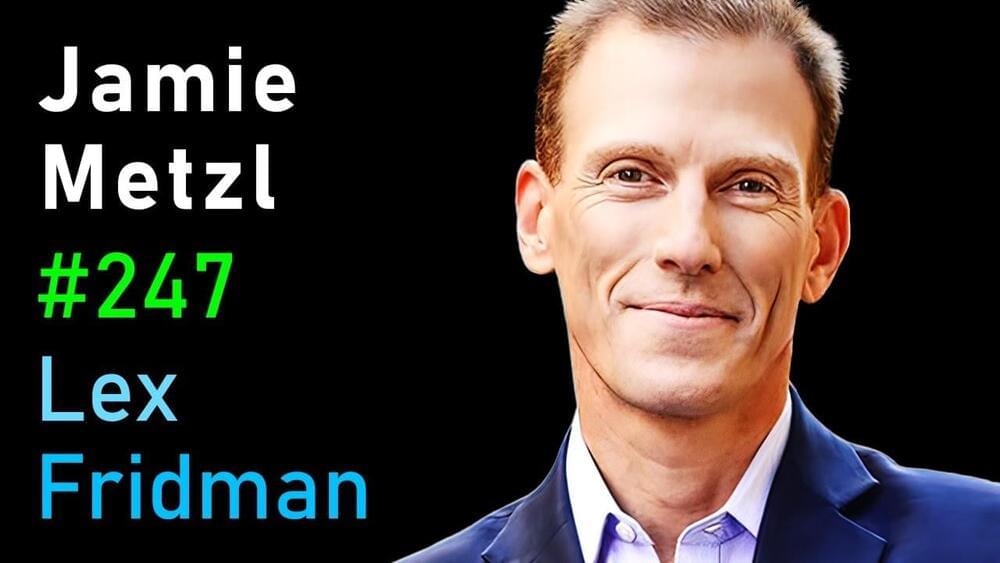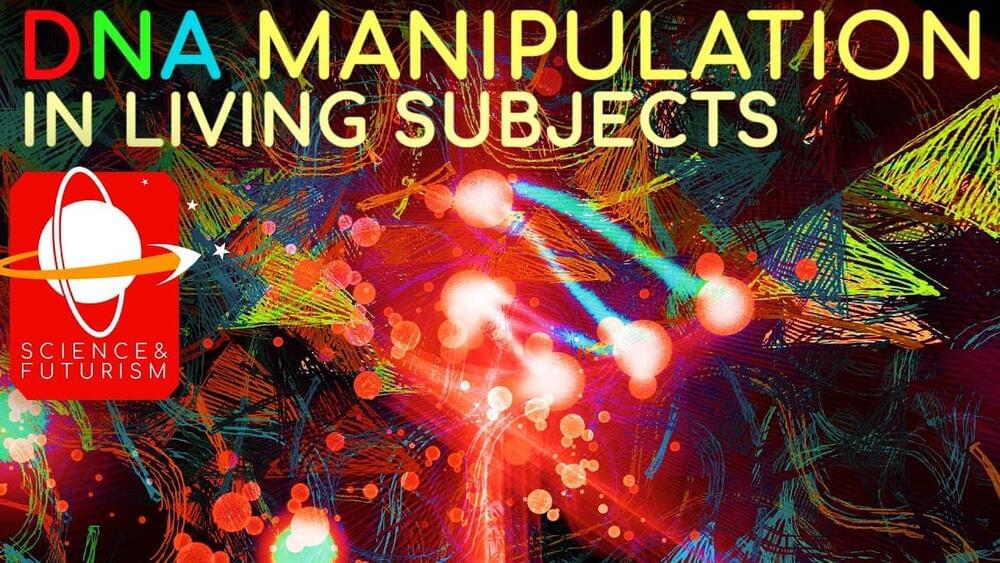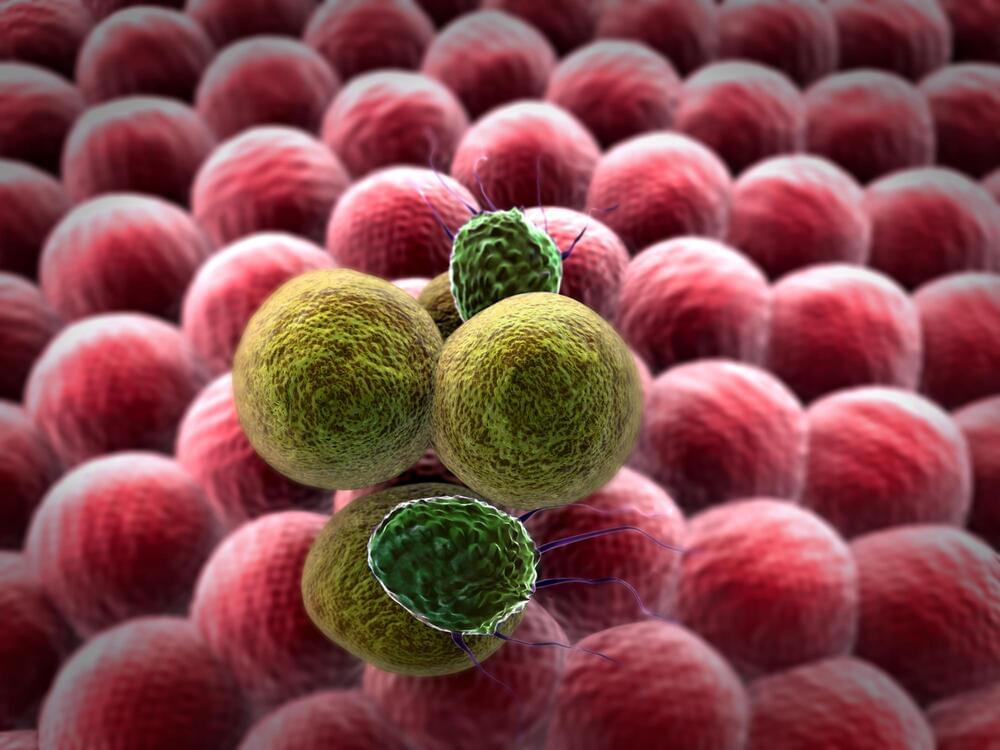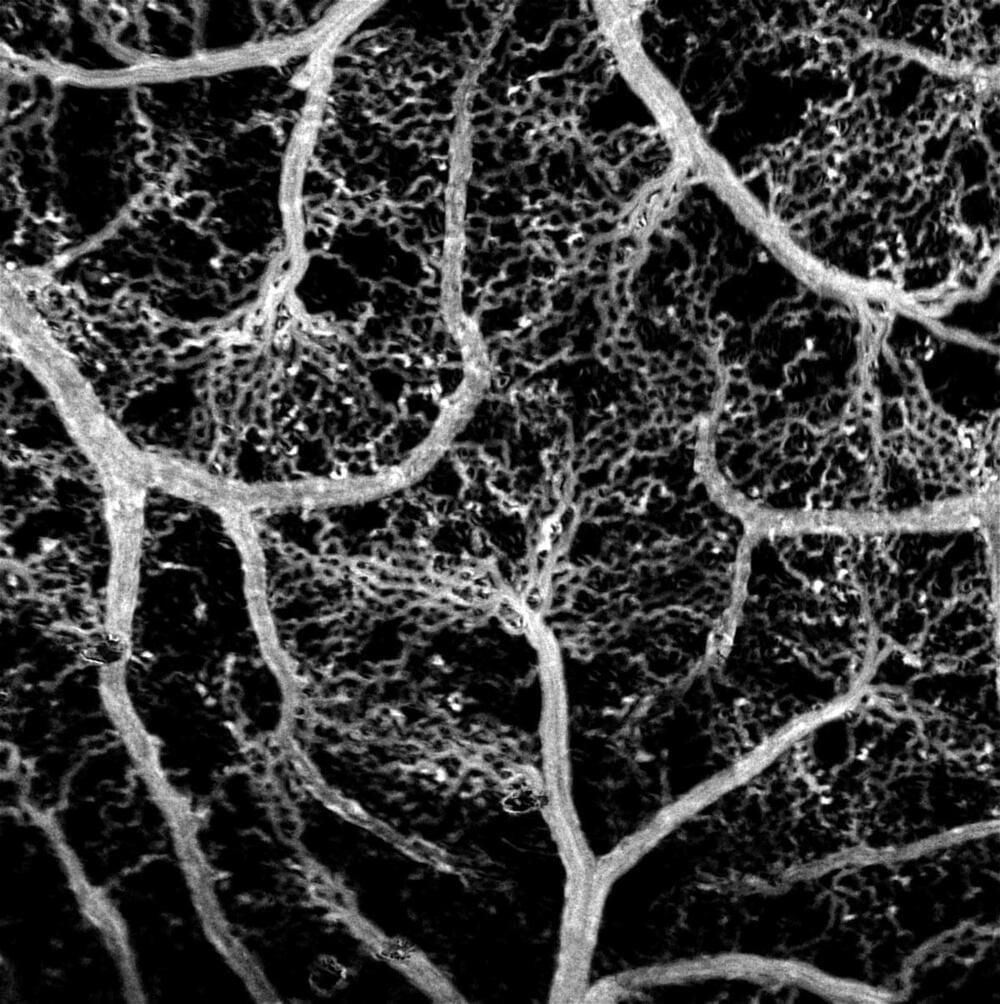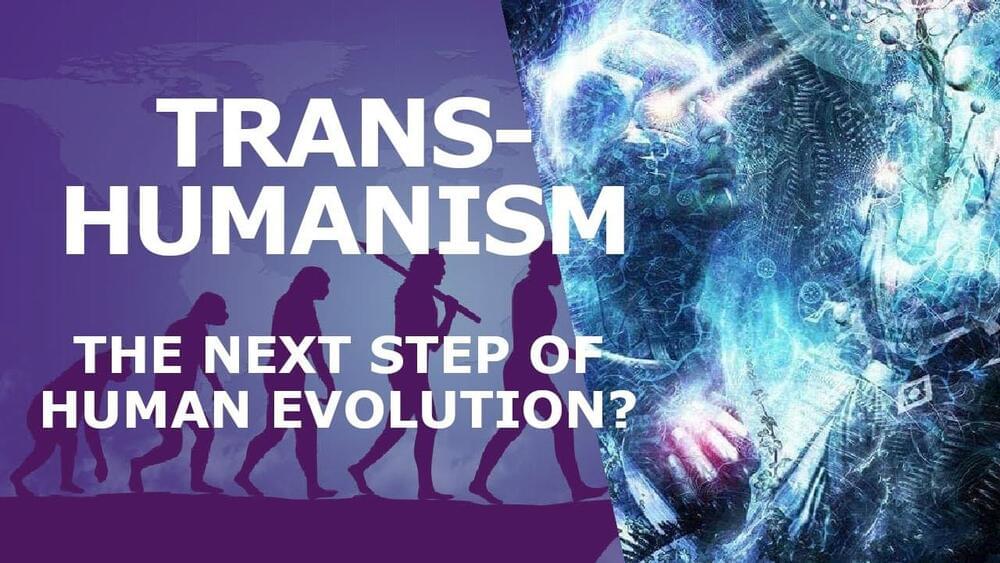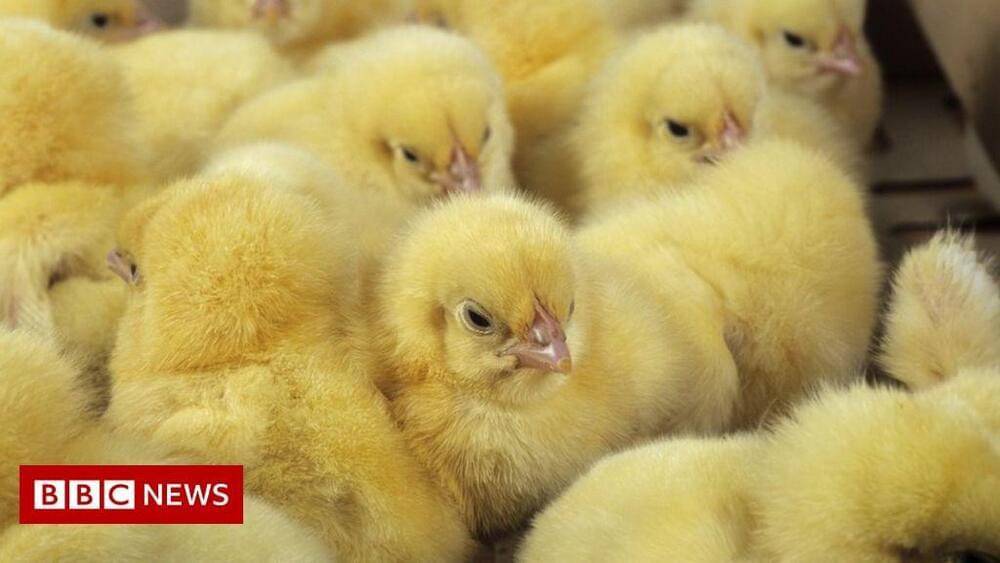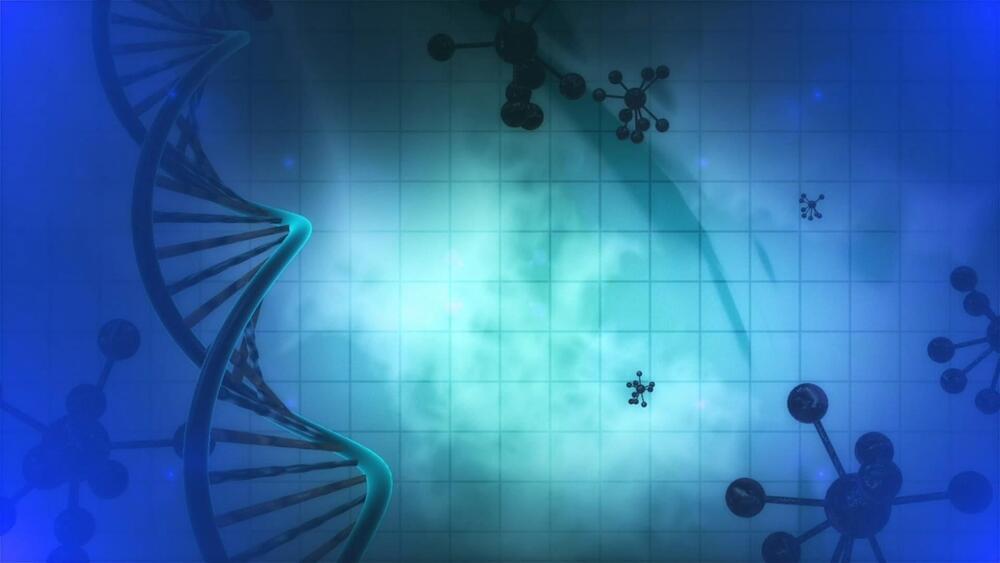Jamie Metzl is an author specializing in topics of genetic engineering, biotechnology, and geopolitics. Please support this podcast by checking out our sponsors:
- Mizzen+Main: https://mizzenandmain.com and use code LEX to get $35 off.
- NI: https://www.ni.com/perspectives.
- GiveDirectly: https://givedirectly.org/lex to get gift matched up to $300
- Indeed: https://indeed.com/lex to get $75 credit.
- Blinkist: https://blinkist.com/lex and use code LEX to get 25% off premium.
EPISODE LINKS:
Jamie’s Twitter: https://twitter.com/JamieMetzl.
Jamie’s Website: https://jamiemetzl.com/
Jamie’s lab leak blog post: https://jamiemetzl.com/origins-of-sars-cov-2/
Hacking Darwin (book): https://amzn.to/3lLqLsM
PODCAST INFO:
Podcast website: https://lexfridman.com/podcast.
Apple Podcasts: https://apple.co/2lwqZIr.
Spotify: https://spoti.fi/2nEwCF8
RSS: https://lexfridman.com/feed/podcast/
Full episodes playlist: https://www.youtube.com/playlist?list=PLrAXtmErZgOdP_8GztsuKi9nrraNbKKp4
Clips playlist: https://www.youtube.com/playlist?list=PLrAXtmErZgOeciFP3CBCIEElOJeitOr41
OUTLINE:
0:00 — Introduction.
1:27 — Lab leak.
1:00:01 — Gain-of-function research.
1:09:32 — Anthony Fauci.
1:19:14 — Francis Collins.
1:23:56 — Joe Rogan, Brett Weinstein, and Sam Harris.
1:53:53 — Xi Jinping.
2:08:24 — Patient Zero.
2:21:38 — WHO
2:45:28 — Government transparency.
3:07:28 — Likelihood of a cover-up.
3:09:16 — Future of reproduction.
3:44:55 — Jon Stewart.
3:50:14 — Joe Rogan and Sanjay Gupta.
4:15:19 — Ultramarathons.
4:25:21 — Chocolate.
4:33:34 — One Shared World.
4:48:37 — Hope for the future.
SOCIAL:
- Twitter: https://twitter.com/lexfridman.
- LinkedIn: https://www.linkedin.com/in/lexfridman.
- Facebook: https://www.facebook.com/lexfridman.
- Instagram: https://www.instagram.com/lexfridman.
- Medium: https://medium.com/@lexfridman.
- Reddit: https://reddit.com/r/lexfridman.
- Support on Patreon: https://www.patreon.com/lexfridman
